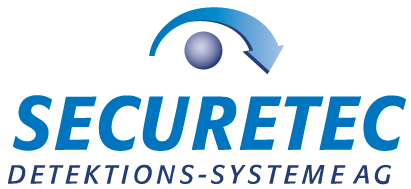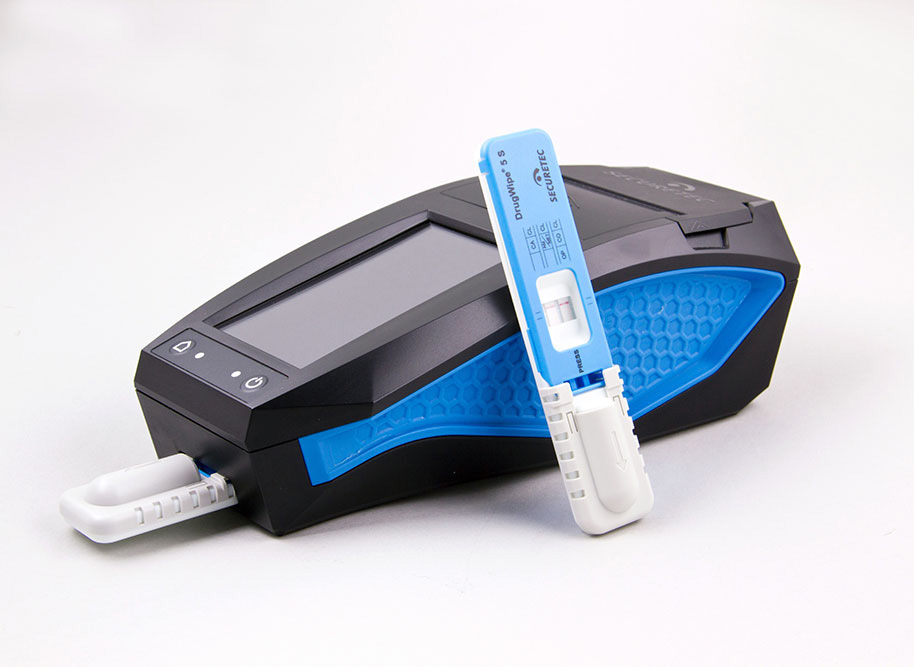
Simply no substitute for saliva
99.5% water and 0.5% dissolved enzymes, minerals and salts—it sounds so simple, yet human saliva is a highly complex fluid. To date, it has not been possible to produce realistic artificial saliva. This presents a challenge for laboratory verification of saliva-based drug tests.
Saliva counts among the most complex bodily fluids and plays an important role in many processes in the body. These range from lubrication of the mucous membranes in the mouth to the production of saliva to soften food and prepare it for digestion. As a result, its composition is versatile and variable. In addition to water, it contains various substances including around 400 different types of protein. Each person’s saliva is unique and determined by their individual physical condition.
For laboratory testing, it can be difficult to obtain sufficient quantities of natural saliva. However, time and again, research studies call for the use of a reproducible standard of saliva. This has given rise to a demand for artificial saliva.
Disadvantages of artificial saliva
To date, however, realistic saliva substitutes have never been successfully produced. The artificial alternatives are only ever a greatly simplified imitation of natural saliva and are never fully comparable to it.
There are many different competing recipes for making artificial saliva. Some of these products are also enriched with additives that meet specific requirements, e.g., for corrosion testing of dentures. In addition, substances that don’t occur in natural saliva are often added to artificial saliva to stabilise it. These can influence the physical properties of the synthetic alternative.
Mucins are an important ingredient of both natural and synthetic saliva. These are highly complex glycoproteins that give saliva its slimy consistency. These mucins in human saliva have not yet been successfully isolated in sufficient quantities in a stable form. For this reason, mucins taken from the pancreas of various mammals are normally used in artificial saliva. In practice, when saliva tests for drugs are subjected to laboratory testing with artificial saliva, the cocktail of additives it contains usually leads to false results.
Real saliva is essential
Overall, the results obtained with saliva substitutes differ considerably and can scarcely be compared with one another. In addition, test results obtained with natural saliva are not comparable with the results of tests based on synthetic saliva due to the differences in composition. At present, there is no generally accepted standard for artificial saliva.
Due to all these differences and uncertainties, natural saliva is almost always used in scientific studies. And it can be assumed that, in future, this will continue to be the only way to conduct testing under realistic conditions.

DrugWipe® rapid screening drug tests produce impressive results thanks to their reliability—just ask, we’re always happy to help
References:
Spiehler et al.: Problems of Forensic Sciences, vol XLII, 2000, 160-168 — Saliva: reflection of the body, International Journal of Infectious Diseases 14 (2010) e184–e188 — Untersuchungen zur Biofilmbildung auf Prothesenbasismaterialien [Investigation of biofilm formation on denture base resin materials], Department for Dental Prosthetics, University of Regensburg, 2018 — Einfluss von kommerziell erhältlichen Speichelersatzmitteln auf demineralisierten bovinen Schmelz in vitro [The effect of commercially available saliva substitutes on pre-demineralized bovine dentin in vitro], Dissertation, Berlin University Hospital, 2010



